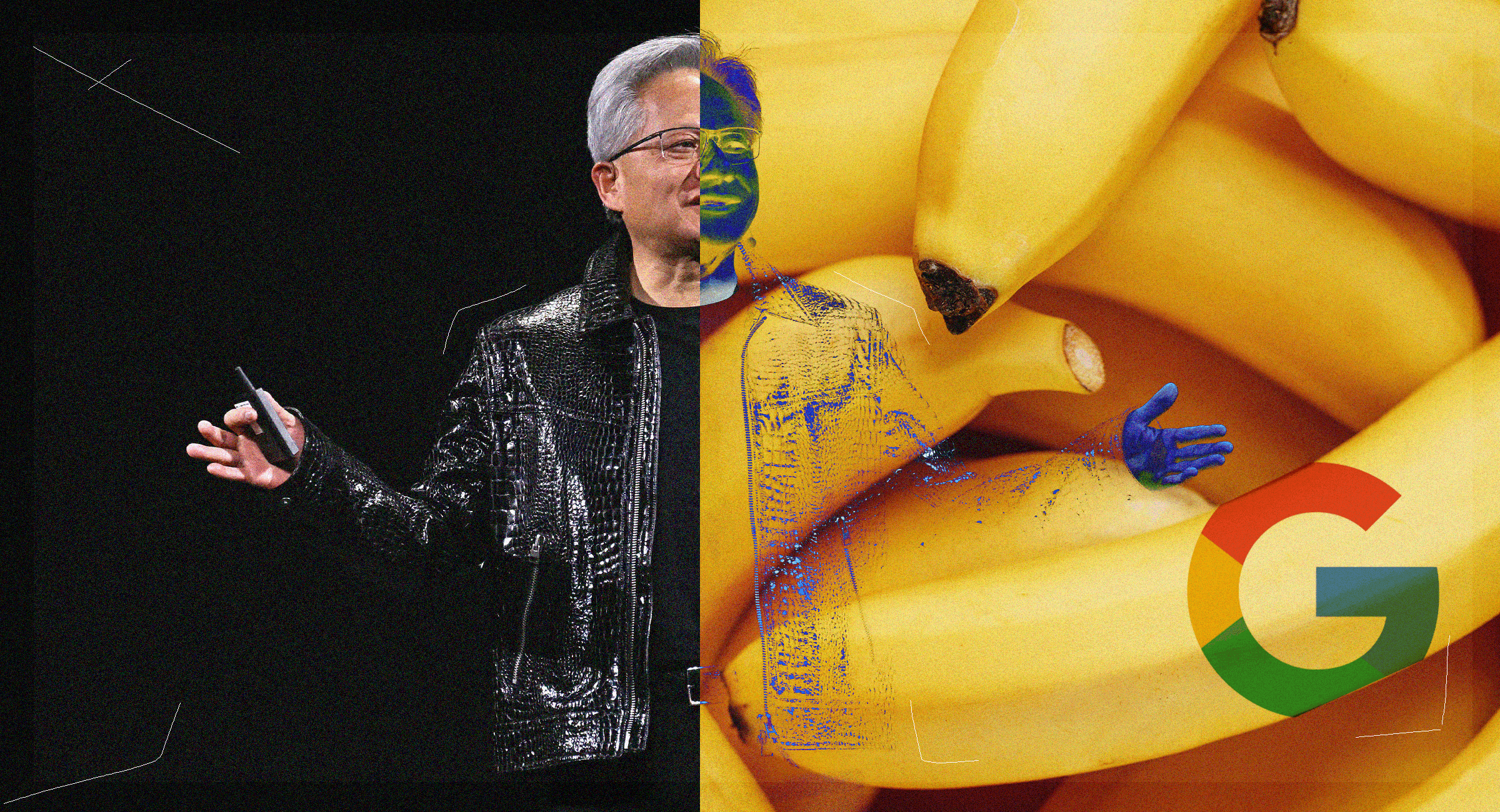Google AI Image Editing Update Explained: Key Features, Release Timeline & Industry Impact

Google's AI Image Editing Update: What You Need to Know
Google has been quietly working on an update for its cutting-edge AI image editing model, a technology that has been under the spotlight for its potential to revolutionize creative industries. The latest development includes references to a soon-to-be-released version of its image generator, discovered by data miners amidst the model's current preview phase. This discovery has sparked interest in the tech community, with many speculating about the potential launch timeline. Typically, once Google products appear in page code, they are launched within a short timeframe, but there is always a possibility of delay, potentially to build anticipation.For those who have been following the evolution of AI in image editing, this update is significant. The current model, known for its advanced capabilities, has been praised for offering developers enhanced creative control and efficiency. Its features include the ability to maintain consistency across multiple prompts, precise local edits using natural language, multi-image blending, and integration with a broader AI framework for advanced applications. With such capabilities, the model is poised to make a substantial impact in fields like storytelling, product showcases, and brand asset generation.
While the model is currently available in preview, data miners' findings suggest that a release version might be imminent. However, Google has not officially confirmed a launch date, leaving room for speculation about whether the launch could be postponed to create more buzz. The anticipation surrounding this update highlights the growing interest in AI-driven creative tools and their potential to transform traditional industries.
## Key Features and PotentialUnderstanding the Model's Capabilities
The updated image generator is part of Google's broader AI efforts, which have been gaining traction due to their innovative features and user-friendly interfaces. The model's ability to blend multiple images into a single output, along with its capacity for targeted image editing, makes it a powerful tool for developers and creatives alike. These features can be particularly useful for tasks such as placing objects into new environments or restyling scenes in photorealistic ways.Moreover, the model's integration with a broader AI framework allows it to interpret and edit images with a deeper understanding of real-world concepts. This capability supports advanced applications like education, diagram interpretation, and semantic edits, further expanding its utility beyond traditional image editing tasks.
## Impact on Creative IndustriesRevolutionizing Visual Content Creation
The potential impact of this AI model on creative industries is significant. By providing advanced image generation and editing capabilities, it opens new avenues for storytelling, branding, and product visualization. For instance, maintaining character consistency across different images can enhance storytelling, while template-based design allows for efficient batch generation of uniform assets like employee badges or product mockups.Additionally, the model's ability to support multi-image blending and precise editing using natural language can streamline the creative process, making it easier for developers to build applications with AI-generated imagery. This could lead to more engaging and interactive visual content, potentially changing the way we consume and interact with digital media.
## Conclusion With Google's AI image editing model on the cusp of a significant update, the tech community is bracing for a potential revolution in how we create and interact with visual content. Whether the launch happens soon or is delayed, the anticipation and excitement surrounding this technology underscore its potential to transform creative industries. As AI continues to evolve, it will be fascinating to see how such tools reshape the landscape of visual content creation.